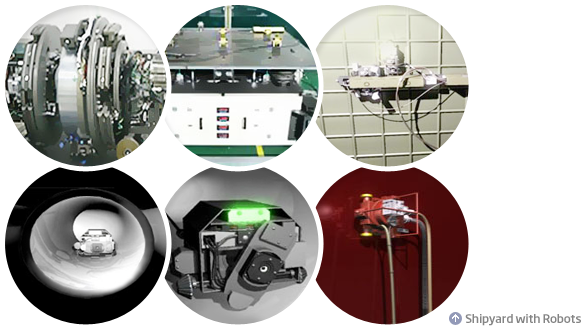 PR Center
Be First & Best
PR Center
Be First & Best

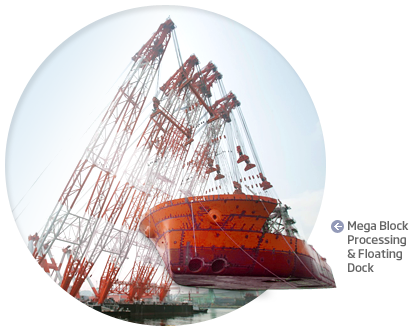
Samsung Heavy Industries developed mega block processing through collaboration between its floating dock and offshore crane divisions in 2002. As it enabled the transport of ultra-large blocks of 3,000 tons or heavier to docks, mega block processing significantly reduced the time required for shipbuilding.
Samsung Heavy Industries also succeeded in transporting the largest block in shipbuilding history, weighing 9,283 tons, in 2012 using tera block processing, which enables the completion of shipbuilding with only two ultra-large blocks that are larger than giga blocks.
In 2012, the company is actively preparing for the future by operating a floating dock for offshore structure building, in order to respond to growing demand for larger offshore structures.
As more and more oil is obtained from deep-sea wells, major oil companies worldwide need structures with the shape of a vessel, excellent mobility and improved performance.
Samsung Heavy Industries, which has maintained its leadership in the drill ship market, has won high recognition for its technological excellence by building drill ships for polar regions. Priced at more that USD 1.2 billion each, these ships can be operated at the extreme temperature of -40∩.
Ice-breaking oil carriers are special vessels that combine icebreakers and oil carriers. Like ordinary icebreakers, ice-breaking oil carriers move forward by breaking the ice, and operate the motor in reverse when blocked by icebergs, enabling bidirectional icebreaking.
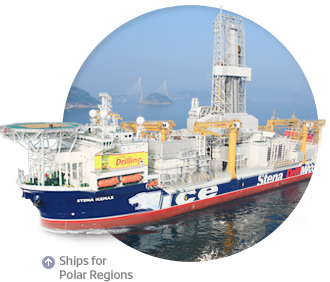
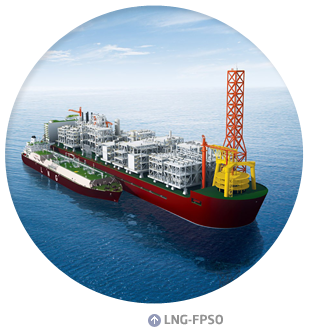
LNG-FPSO, a world first developed by Samsung Heavy Industries in 2008, is a new-concept vessel that enables the production, liquefaction and storage of LNG. LNG-FPSO can be moved to other gas fields after completing production at one spot, so it is called “the offshore LNG plant.
The world's largest LNG-FPSO, for which Samsung Heavy Industries signed a supply contract with Shell, is 488m long, 74m wide and 100m high. It weighs 200,000 tons in terms of dead load.
LNG carriers are vessels with high added value that require advanced shipbuilding technologies and expertise. The electronic motor-powered LNG carrier developed by Samsung Heavy Industries in 2001 achieved a maximum level of economic efficiency by operating the motor with power generated using LNG in the cargo hold.
Following the successful delivery of the world's largest LNG carrier, MOZAH (266,000З) in 2008, Samsung Heavy Industries successfully completed GDF Suez Neptune, the world's first LNG regasification vessel, in 2009.
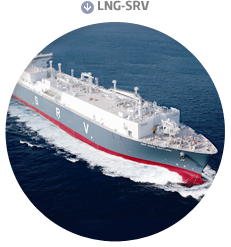
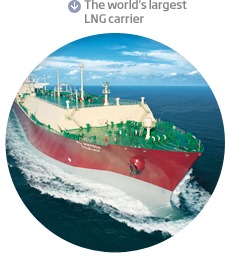
Samsung Heavy Industries has maintained its world-leading production processing automation rate of 68% by using its own internally developed intelligent robots, including welding robots, pipe inspection and cleaning robots and blasting robots.
